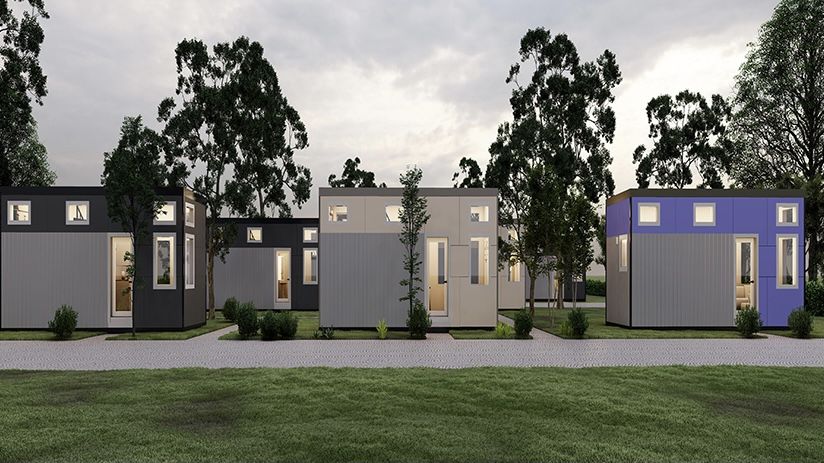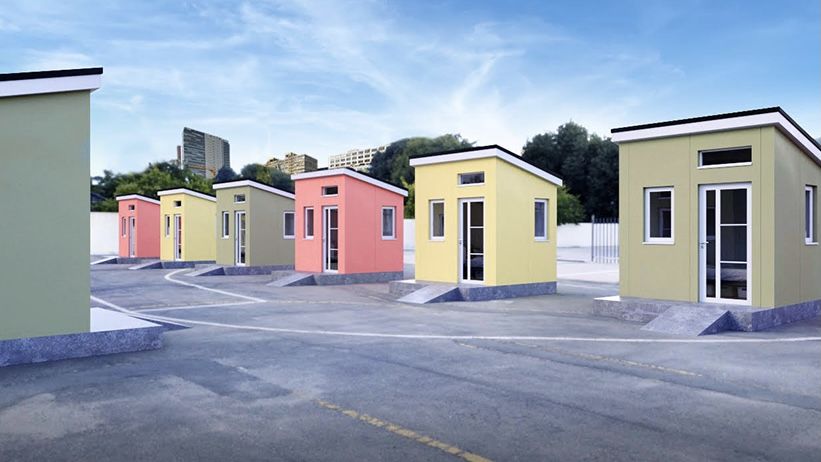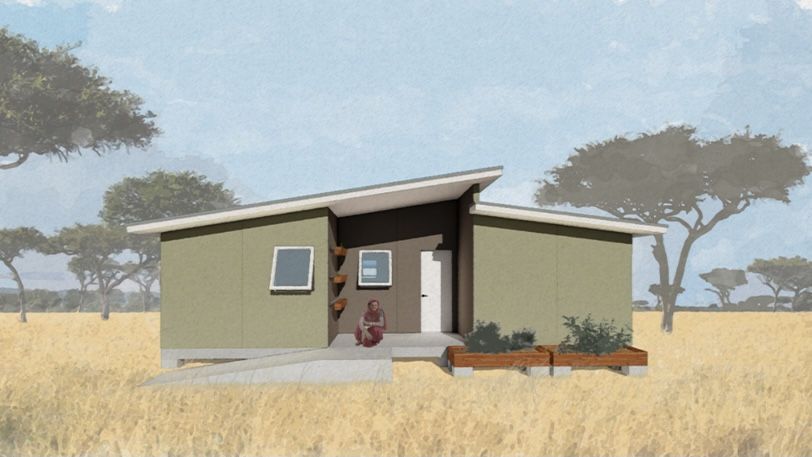Building Houses and Creating Homes
- Ian Green

- Jul 14, 2021
- 3 min read
Updated: Nov 29, 2021
Building Houses and Creating Homes
Transformation does have a starting point, and that starting point is a home.
Almost by mistake Edward Brost found himself engaged in conversations with impact workers and humanitarian toughs that pointed to the fact that we (humanity) were losing the battle to global disasters.
Edward was astonished to hear that millions of families were living in limbo. Limbo is defined as “an uncertain period of awaiting a decision or resolution”.
If 1.2 billion people are living in short solutions for shelter, then 1.2 billion people are in limbo.
Waiting. Trying to find hope.
You don’t need a psychologist to tell you that it’s hard to dream in limbo and there are many studies that would say it’s near to impossible.
Another interesting fact is that the state of limbo affects every generation.
Edward did not want to be a short-term band-aid but felt deeply compelled to do something that would pioneer a new story, develop a high-quality product in the form of an eco-housing structure. It must be a new story. He embarked on a journey to bridge two worlds. The compassionate world and the progressive marketplace.
One of his first meetings took place on Zoom (before it was a thing). He wanted to explore the possibility of merging the two worlds towards one goal. After comparing notes he discovered how the two paths crossed and how our passions were connected.
As a newly formed team, they agreed that four things were their common ground:
Every post-disaster community needs an eco-friendly and sustainable housing solution.
Community transformation starts with a thriving family.
A thriving family emerges from a place of belonging and stability.
The world is uncertain, but your home shouldn’t be.
From these points of common ground, it was clear to the team that transformation does have a starting point, and that starting point is a home. Not just temporary shelter, but an “easy to assemble” house where a family can dream, thrive and belong. It has to be more than a tent and not able to be torn apart by a follow-up disaster.
The fundamental goal that is important to the team, was to see displaced and battered people given the opportunity to move into a stable and dignified housing product. A place to dream again. A Huffington Post article on the power of hope puts it well. “Hope affects human lives by alleviating the pain of uncertainty.” It needed a solution that put context into food relief, innovative ideas, and clean water projects. We knew that it had to be globally scalable and that our designs had to be based on sustainable development. The communities had to continue to thrive long after our homes were installed.
Naomi Hathaway from Psychology Today says that “Belonging is like stepping up onto a platform and feeling like you are fully supported.” We don’t believe that the solution lies in providing temporary housing units. We are creating a platform for transformation, and rebuilding communities that make people feel fully supported. A starting point for hope is a home.
These innovative housing structures enable people to belong and thrive again. We are on a mission to see all displaced families in post-disaster communities have a place to call home.
Edward Brost is the President & CEO of Trade Venture Development Group. Edward has over 25 years of experience successfully re-positioning and building global organisations across North America, Europe, Africa, and Southeast Asia.









Comments